Tea is an emotion, many people say. And for all the tea lovers, if we can make tea at home, that is cool, right?
So, I have a piece of good news for you all. You can make tasty tea leaves at home with a little bit of process. And believe me, it is worth trying.
There are a lot of leaves that are used to make tea. But a very useful and tasty of them are Camellia Sinensis seeds.
So now one more good news is that you can grow this plant at your home.
Yes, it is very much tested and possible to grow them right in your backyard. If you are familiar with the taste of Camellia Sinensis, you will not think more than a minute to start digging the soil to plant those seeds.
So, let us get into the deal of knowledge about these Camellia Sinensis seeds.
Ever Heard of Camellia Sinensis Seeds?
Camellia Sinensis seeds are small, pear-shaped pods. They are initially green, but once they get matured, they turn dark brown and crack open.
The Camellia Sinensis seeds inside the shell are small, light to dark brown balls about 1 inch in diameter. But can we make tea from camellia that is grown at home?
Well, yes. You can. No matter which species of camellia you have, you can grow the tea. But they might taste and smell different. Anyway, all of them have medicinal properties, which is excellent.
What is stopping you from starting to grow these beautiful and useful tea plants in your backyard! Ok, now! Camellia and tea, remind you of some other word? Is it Chamomile? Were you wondering if they are the same? Some of you may be.
So, here’s the answer. They do sound similar, and they both make tea. But that doesn’t make them the same plant. They both function differently. Chamomile brings you good sleep because of its flavonoid properties, whereas camellia has energizers.
Chamomile, with its medicinal benefits and tasty teas, makes a good topic for another explanation. But for now, let us explore everything we can acquire from Camellia Sinensis seeds.
Things you need to grow Camellia Sinensis:
- Tea Seeds
- Soil
- Water
- Fertilizer
- Mulch
- Common Gardening Tools
Collecting the Camellia Sinensis Seeds

Generally, Camellia Sinensis seeds are ripe throughout the year. However, to keep it simple, if the seeds are dark brown, they are ready for use. But sometimes, the pods do not crack open.
So, you can see occasionally checking, and if the seeds are dark brown, you can remove the seeds with your hands.
Collect these seeds and soak them in water for at least 12 hours as soon as you collect them. Do not let them dry. You can keep them in the fridge and plant them as quickly as possible.
Now, it can be tough to plant a camellia plant by collecting seeds. But to make it easier, you can buy the seeds from the store. Soak them in the water for at least two days.
After two days, you need to remove them from water and leave them in a sunny climate by covering them with an inch of vermiculite. Keep the seeds damp by frequently misting with water.
Mostly, 6 to 8 weeks they will germinate. They will grow as sprouts, which you can later use for planting.
Spots to Plant a Camellia
, Unlike other tea seeds, Camellia Sinensis seeds have some tight requirements. Camellia Sinensis will grow best in the USDA growing zones 7-9. Does it mean you cannot grow a tea shrub if you do not live in these zones?
No, it just means that you need to be more resourceful. By resourceful, you need to check the soil and water requirements it needs.
You got to plant the tree in the soil with a pH between 6-6.5. The Camellia plant grows in a sunny spot. All they need is the sun! If you want the best results, you should place the plant in a shaded place for a part of the day and part of the day in an area with full sunlight.
Camellia Sinensis Seeds Need a Lot of Care!
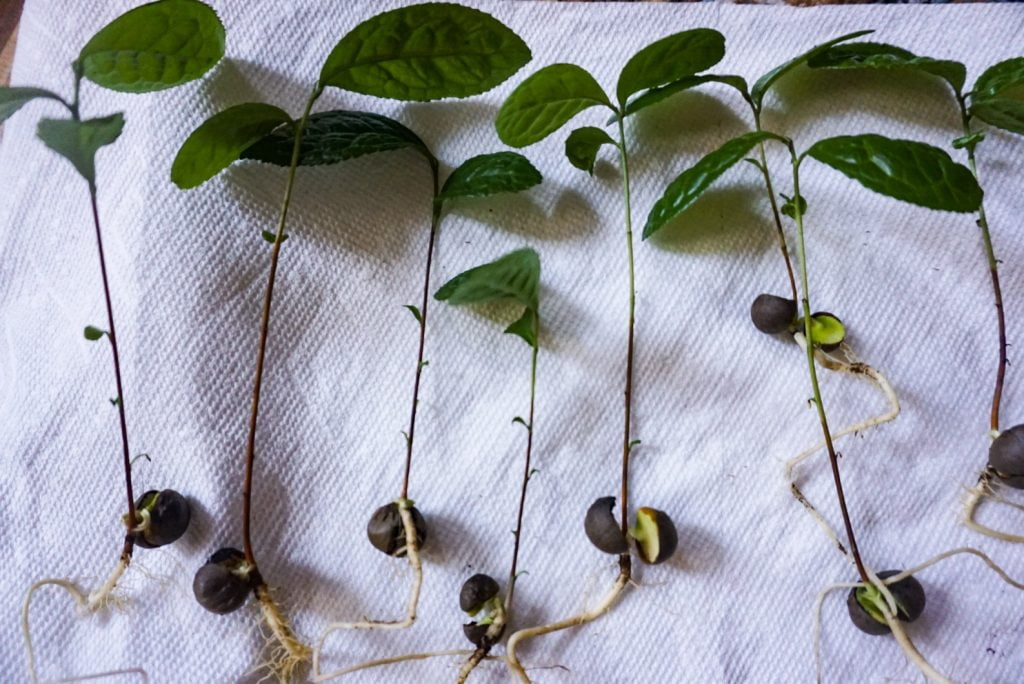
Your plant needs water not just after you harvest it, but it also requires a lot of water while it is growing. Tea plants specifically need a lot of water.
For the plant to grow efficiently, the soil should be moist all the time. But, yes, Camellia Sinensis can develop in some drought as well.
It is possible to grow them anywhere, but do not take chances to ignore the care needed.
Camellia Sinensis hates colder climates so much. Of course, you can plant Camellia Sinensis seeds anywhere you want, but the focus is to grow them most effectively. That does not mean they can be sufficient in cold climates.
Try and move your plant away from the freezing temperatures as much as possible. Organic fertilizers can be a great help in that case.
Duration
Be patient. As the people say, “Great things take time.” It is, of course, tough to wait for your plant to grow. But at the right time, you will get the right plant.
It usually takes three years for Camellia Sinensis to mature and produce enough leaves for harvest. Still, sometimes you can do a small harvest in the second year.
But once it starts harvesting, it will live for a minimum of 50 years. Some might even last up to 200 years old.
History and the Usage of Camellia Sinensis Seeds
Talking about lasting for 200 years, do you know how potential they can be? If not, let me tell you. Camellia Sinensis plants are tea trees. Ancient people discovered their power thousands of years ago in 2737 BCE in China.
One day, under a Camellia Sinensis tree, emperor Shenlong was boiling water, and a leaf fell into his drink. Because of this beautiful breeze that touched the leaf at the right time, we got to taste one of the best teas there ever has. The emperor drank it unknowingly.
He was amazed by the taste of it. It made him curious to know more about it. He found out the medicinal benefits of Camellia Sinensis and began to crave for more. And that’s how tea was born.
Did you know? Almost all caffeinated drinks do have some Camellia Sinensis in them. But, of course, they taste different because they are all oxidized and harvested differently. So, the trick is one plant and many trees. That’s why you got to learn how to grow Camellia Sinensis.
Side Effects of Camellia Sinensis
Camellia leaves, if taken directly, may lead to choking. And if taken too much can be a direct effect on elevated heart rate. So, it is harmful at an exaggerated level. But with controlled usage, it has excellent medicinal effects.
Don’t use artificial pesticides as they can also increase poison in your plant. Use natural pesticides to keep it safe from poison.
Different teas of Camellia Sinensis
Now, let us see how we can make different teas using Camellia Sinensis seeds.
Black Tea
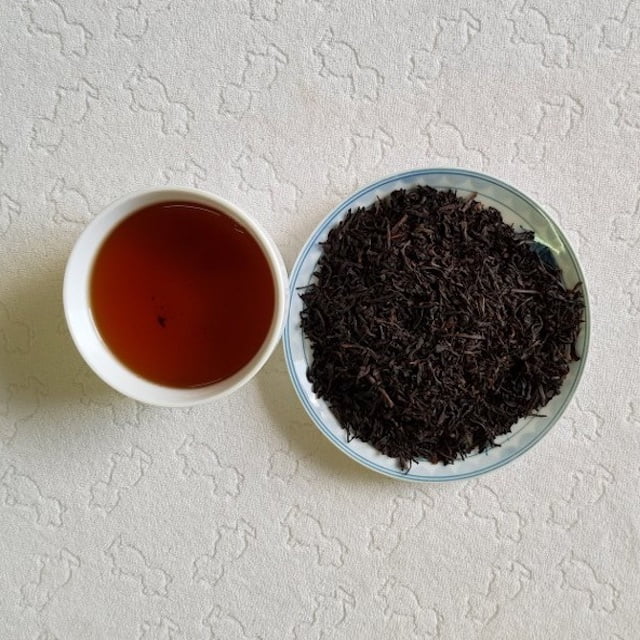
To make black tea, you need to oxidize the leaves thoroughly. After reaping the leaves:
- Move them between your hands, kneading them until their shading gets more obscure.
- At that point, air-dry the leaves, spreading them out in a cool, dry spot for a couple of days to not be disturbed by pests.
- After drying out, please put them in the broiler for 20 minutes at 250 F.
Green Tea
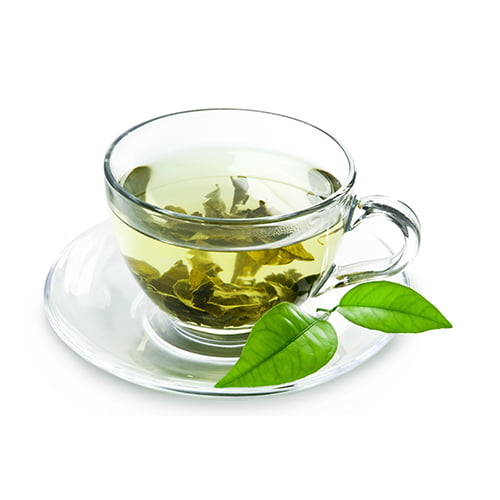
Green tea is not oxidized. After you gather the leaves, promptly heat them for a few minutes and afterward run cold water over them. At that point, roll the leaves and heat them in the stove at 230 F for 12 minutes. Turn the leaves every 5 minutes.
White Tea
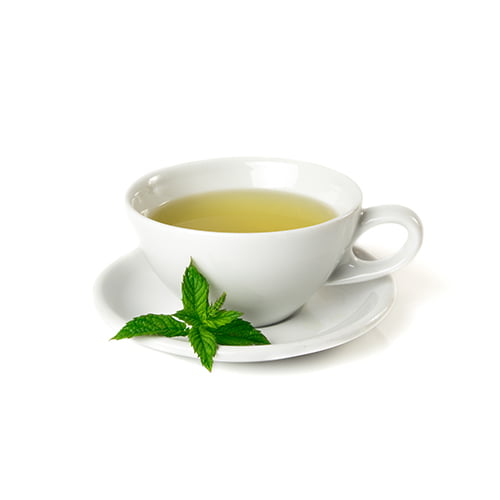
You can make White tea with minimal efforts. Reap white-is unopened tea plant pods and young tea leaves. Try not to allow them to oxidize. Steam the leaves for 1 minute and dry them in the broiler at 250 F for 20 minutes.
Oolong Tea
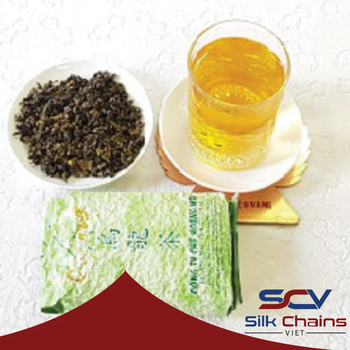
Oolong tea is somewhat oxidized. After you reap the leaves:
- Leave them outside to fade in the sun for 1 hour in a sheltered space.
- At that point, dry them out in a shady spot for 12-24 hours.
- Mix them infrequently to circulate air through.
- After they are dried out, pop them in the stove for 20 minutes at 250 F.
Wrapping up
Now that you know everything, if you still think you can grow Camellia Sinensis, then kudos to you! Go and get your seeds and grow your plant. Make those tasty teas.
There is something that makes hand-made things unique. It does not take a great deal of work to plant, develop, and collect tea, yet it requires some effort.
But after all, with great efforts, one tasty tea brings all the joy. Every bit of your effort pays off.


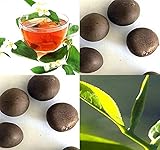




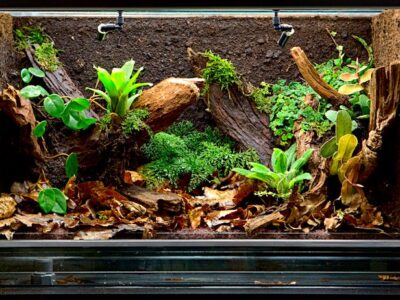


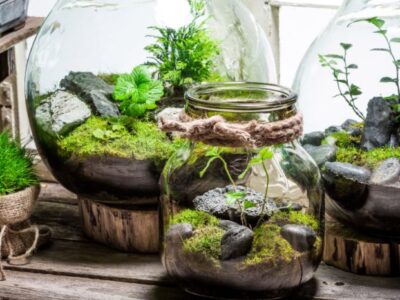
[…] up and planted different herbs and plants in the teacups and saucers? You can go a step further and grow tea in the teacups! That’s gonna be a hit with friends, family, and the virtual […]